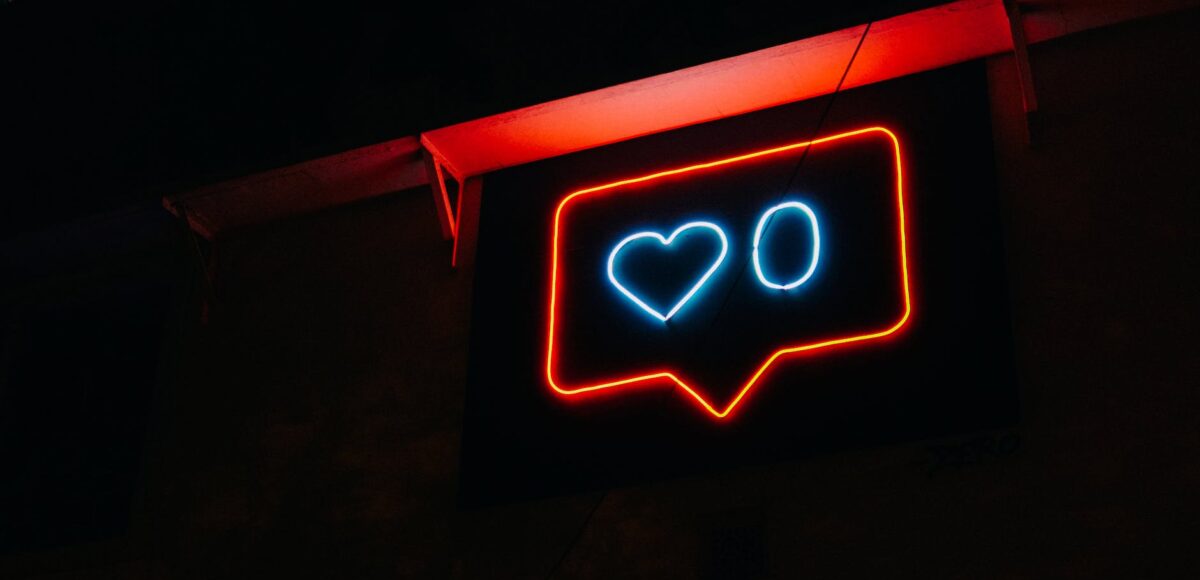Instagram is one of the most popular and powerful social media platforms in the world, with over 1.2 billion monthly active users. It offers a great opportunity for brands and businesses to connect with their target audience, showcase their products and services, and grow their online presence.
However, to succeed on Instagram, you need more than just posting beautiful photos and videos. You need a clear and effective social media strategy that aligns with your goals, engages your followers, and drives results.
In this blog post, we will share some tips on how to create a social media strategy to improve engagement on Instagram. We will cover the following topics:
- How to define your Instagram goals and objectives
- How to identify and understand your Instagram audience
- How to create and optimize your Instagram profile
- How to plan and schedule your Instagram content
- How to measure and analyze your Instagram performance
How to define your Instagram goals and objectives
The first step in creating a social media strategy is to define your goals and objectives. What do you want to achieve on Instagram? How will you measure your success?
Some common Instagram goals and objectives are:
- Increase brand awareness and reach
- Generate leads and sales
- Build customer loyalty and retention
- Enhance customer service and support
- Showcase your company culture and values
Once you have your goals and objectives, you need to make them SMART: Specific, Measurable, Achievable, Relevant, and Time-bound. For example, instead of saying “I want to grow my Instagram followers”, you can say “I want to increase my Instagram followers by 10% in the next 3 months”.
How to identify and understand your Instagram audience
The next step in creating a social media strategy is to identify and understand your Instagram audience. Who are they? What are their interests, needs, and pain points? How do they use Instagram?
To answer these questions, you can use various tools and methods, such as:
- Instagram Insights: This is the native analytics tool that Instagram provides for business accounts. It shows you data on your followers’ demographics, behaviors, and preferences, as well as your content’s performance and reach.
- Instagram Polls and Questions: These are interactive features that you can use in your Instagram Stories to ask your followers questions, get their feedback, and learn more about them.
- Instagram Comments and DMs: These are direct ways to communicate with your followers, answer their queries, address their concerns, and build relationships with them.
- Social Listening: This is the process of monitoring and analyzing what people are saying about your brand, industry, or competitors on social media. It helps you identify trends, opportunities, and threats, as well as understand your audience’s sentiments and perceptions.
How to create and optimize your Instagram profile
The next step in creating a social media strategy is to create and optimize your Instagram profile. Your profile is the first impression that your potential followers and customers will have of your brand, so you want to make it as attractive and informative as possible.
Some tips to create and optimize your Instagram profile are:
- Use a high-quality and recognizable profile picture that represents your brand identity and personality.
- Write a catchy and concise bio that summarizes who you are, what you do, and what value you offer to your audience.
- Include relevant keywords and hashtags that describe your niche and industry.
- Add a link to your website or landing page where you want to drive traffic and conversions.
- Use highlights to showcase your best and most important Instagram Stories.
How to plan and schedule your Instagram content
The next step in creating a social media strategy is to plan and schedule your Instagram content. Your content is the core of your Instagram strategy, as it determines how you communicate your brand message, showcase your products and services, and engage your audience.
Some tips to plan and schedule your Instagram content are:
- Conduct a content audit to evaluate your existing content, identify what works and what doesn’t, and find gaps and opportunities for improvement.
- Create a content calendar to map out your content themes, topics, and formats, as well as your posting frequency and timing.
- Use a variety of content types, such as photos, videos, reels, stories, IGTV, and live, to keep your audience interested and entertained.
- Use a consistent and appealing visual style, such as colors, fonts, filters, and layouts, to create a cohesive and recognizable brand identity.
- Use relevant and popular hashtags to increase your content’s visibility and reach.
- Use captions to add context, value, and personality to your content, as well as to encourage engagement and action from your audience.
- Use a tool like Bing Scheduler to automate and streamline your content creation and publishing process.
How to measure and analyze your Instagram performance
The final step in creating a social media strategy is to measure and analyze your Instagram performance. This is how you can track your progress, evaluate your results, and optimize your strategy.
Some tips to measure and analyze your Instagram performance are:
- Define your key performance indicators (KPIs) that align with your goals and objectives, such as followers, reach, impressions, engagement, clicks, conversions, etc.
- Use Instagram Insights or a third-party tool like Bing Analytics to collect and visualize your data and metrics.
- Compare your performance against your benchmarks, competitors, and industry standards.
- Identify your strengths, weaknesses, opportunities, and threats, as well as your best and worst-performing content and campaigns.
- Implement changes and improvements based on your insights and feedback.
I hope this blog post was helpful for you. If you have any questions or feedback, please let me know.

